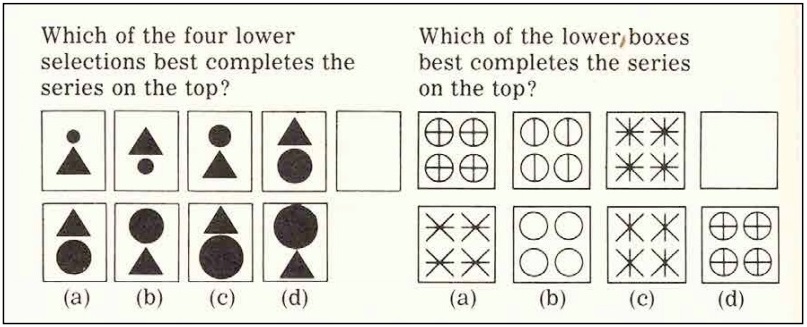Did Koko the Gorilla REALLY Pass the Same Cognitive Test That Trump Keeps Bragging About?

There’s an internet meme circulating that suggests the late Koko the Gorilla passed the same cognitive test that President Donald Trump has bragged about, and which he infamously tried to demonstrate by repeatedly reciting the words “Person Woman Man Camera TV.”
On Twitter, many verified users are sharing a meme that says “Koko the gorilla passed the same cognitive tests Trump’s been bragging about, except using sign language,” some adding cruel jests at Trump over his attempt to demonstrate that he’s “cognitively there.”
GIVE KOKO THE FUCKING NUCLEAR CODES NOW https://t.co/ZV9SYi2cFL
— Liz Mair (@LizMair) July 25, 2020
Meet your new Secretary of State https://t.co/PhWFxvNrkO
— Rob Szczerba (@RJSzczerba) July 25, 2020
If this is true I love it. https://t.co/FylfZmgLNH
— Matt Walton (@themattwalton) July 24, 2020
Koko would have called Trump, “dirty bad toilet”. https://t.co/zx1aGAAQ8o
— Bryan William Jones (@BWJones) July 25, 2020
I know which I’d rather have as President. https://t.co/3rNp4TyzW7
— Paul Bernal (@PaulbernalUK) July 25, 2020
For all the joking, though, is it true?
The test that Trump took is called the Montreal Cognitive Assessment (MoCA), and consists of questions that include recognizing drawings of animals, drawing a cube, and as Trump tried to demonstrate, recalling a list of five words.
It’s very unlikely that Koko ever took the test, and it is not among the tests listed in Francine “Penny” Patterson’s research on Koko. The gorilla, who died in 2018 at the age of 46, understood a 2,000-word vocabulary, and could use over 1,000 sign language words.
Koko may have been able to perform well in the recognition of drawings portion of the MoCA. According to Patterson:
In some types of questions Koko did better than human counterparts of her age. At age four-and-one-half, she scored better than the average child of six in her ability to discriminate between same and different, and in her ability to detect flaws in a series of incomplete or distorted drawings. She astonished me with her ability to complete logical progressions like the Ravens Progressive Matrices test. Shown the following two problems from a similar test, she pointed to the correct answers (unknown to the tester) with almost no hesitation:

Is that harder or easier than identifying a camel? Tough to say, but Patterson wrote that Koko did ace another test requiring similar skills:
In the information part of the Wechsler Preschool and Primary Scale of Intelligence, one of the questions asked Koko to name two animals.
She named the cow and the gorilla. And when asked to name what lives in water, Koko replied, Tadpole good. This test also contained
picture-completion problems, with test cards showing drawings of objects with a part missing: a hand without a fingernail, a cat with one set of whiskers. Koko at age four whizzed through this at the level of a six-year-old human.
Koko would probably have been unlikely to succeed at a full MoCA test because, as Patterson noted in her research, the gorilla would apparently lose interest:
Something other than complexity seemed to be limiting her performance. In fact, as in the color-sorting tasks, there was a pattern to each session of testing. She would respond correctly
to the first five or so questions and then begin to use one of her strategies to ruin the test and perhaps to show us that she had had enough for one day.
Patterson went on to note that “Koko has so far used ten distinct ways of failing, and she gives us no sign that she is running out of ideas.”
Most of the tests described in Patterson’s research were designed to measure Koko’s intelligence, which, as has been pointed out ad nauseam this week, is not the purpose of the MoCA.




